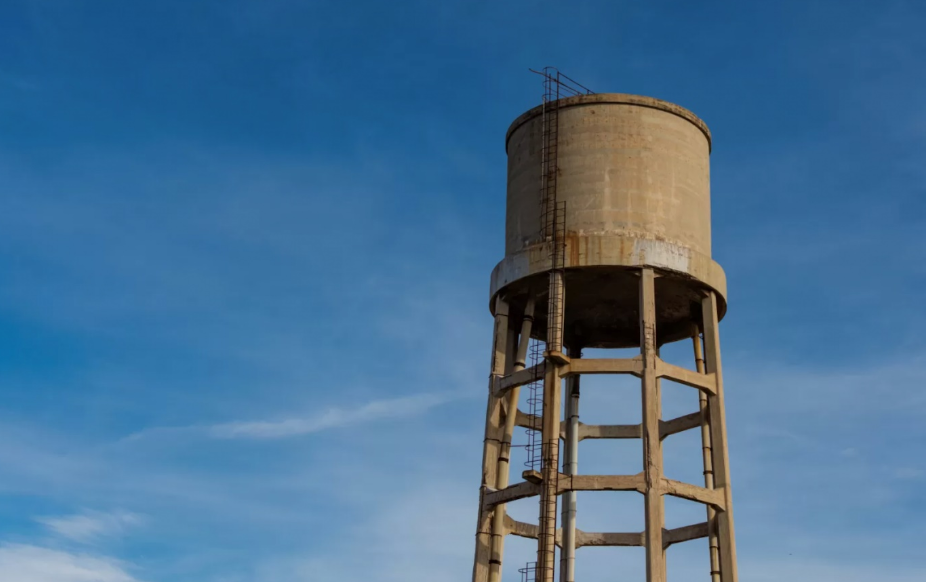Removing an old storage tank might sound like a complicated project, but in reality, it’s a straightforward process when done correctly—and it’s often the safest and smartest move for your property. Whether the tank was used for heating oil, fuel, or other materials, letting it sit unused can lead to structural issues, environmental risks, and even legal complications over time.
Safely removing a tank means protecting your home, the land it sits on, and the people who use it. If you’ve been thinking about taking action, now might be the time to make a clean break from the past.
When Is the Right Time to Remove a Tank?
Storage tanks, especially underground ones, aren’t built to last forever. Over the years, corrosion, shifting soil, or simple wear and tear can compromise their structure. Many tanks installed decades ago no longer meet modern safety standards.
You should consider removal if:
- The tank is over 20 years old
- You’re switching to a different heating system or energy source
- The tank is no longer in use and sits idle
- There are signs of a leak, like stained soil or unusual fuel smells
- You plan to sell or renovate your property
In some cases, local regulations may even require tank removal after a certain age or if it’s abandoned.
What Does Removal Involve?
Removing a storage tank doesn’t just mean digging it up and hauling it away. It’s a multi-step process that ensures safety, environmental care, and compliance with local guidelines.
Here’s what you can expect:
- Permit Application: Most towns require a removal permit before work begins.
- Tank Location and Evaluation: Professionals locate the tank, verify contents, and assess risks.
- Tank Cleaning: All fuel and sludge are safely removed to prevent spills.
- Excavation: Soil is removed around the tank with caution to prevent structural damage.
- Tank Removal: The tank is carefully lifted and inspected for signs of leakage.
- Soil Testing: Nearby soil is analyzed for contamination. If needed, remediation is planned.
- Documentation: A report is provided for your records, detailing the tank’s condition and removal steps.
This process ensures that the job is done thoroughly, responsibly, and in line with regulations.
To see a reliable example of how this work is typically handled, check out this reference for storage tank removal, which outlines the key stages involved.
Environmental Benefits of Removal
Old tanks, particularly those made of steel, are prone to corrosion. Once corrosion begins, leaks can follow—and even a small leak can release harmful substances into the soil and groundwater.
By removing a tank, you prevent:
- Soil contamination that could require costly remediation
- Groundwater pollution affecting nearby wells or ecosystems
- Risk of fire or explosion from residual vapors
- Damage to landscaping, foundations, or nearby utilities
These are not just environmental concerns—they can also become expensive liabilities.
Can’t I Just Abandon the Tank?
Abandonment is only allowed under certain conditions—and often only after a tank has been cleaned, decommissioned, and proven leak-free. In some locations, it’s not permitted at all.
Leaving a tank in the ground can lead to:
- Structural collapse of the empty tank, creating sinkholes
- Hidden leaks that go undetected for years
- Reduced property value
- Future complications during real estate transactions
In most cases, safe and complete removal is the better—and often required—choice.
What Happens After the Tank Is Gone?
After removal, the site is typically backfilled and leveled. If the tank was near a home or driveway, repaving or landscaping might be needed. If contamination was found, cleanup plans will be discussed and carried out before any rebuilding begins.
Many property owners take this opportunity to upgrade their system with a modern above-ground tank or switch to a new energy source entirely. Others simply enjoy the peace of mind that comes with resolving a longstanding risk.
Getting Ahead of the Problem
The best time to remove a tank is before it becomes a problem. Waiting for leaks or damage only raises the stakes—both financially and environmentally. By taking action early, you control the timeline, reduce costs, and keep your property in top shape.
It’s not just about removing metal from the ground—it’s about protecting the ground itself, and everything connected to it.





